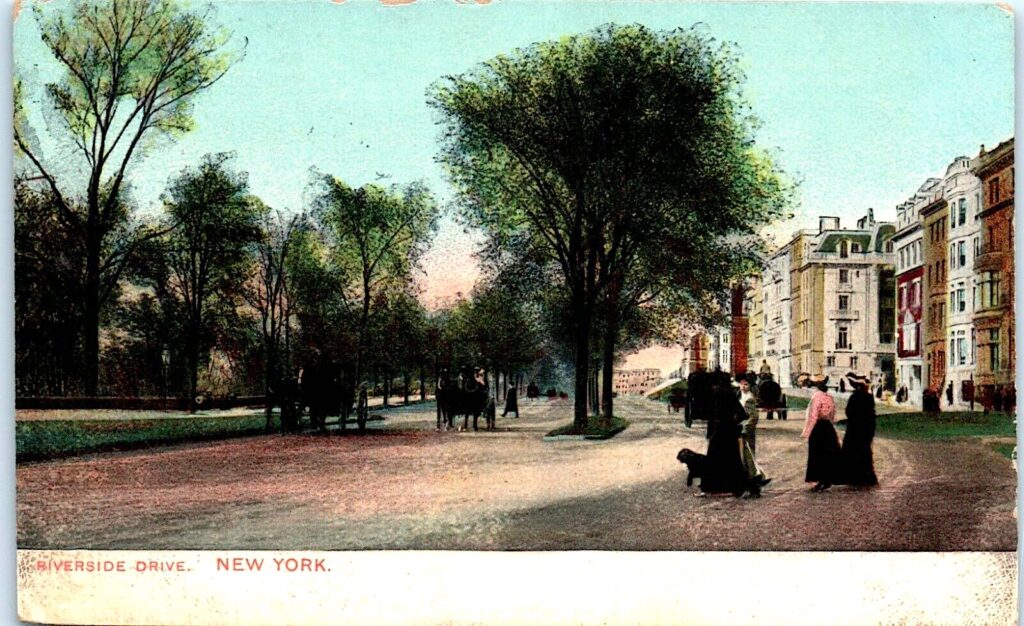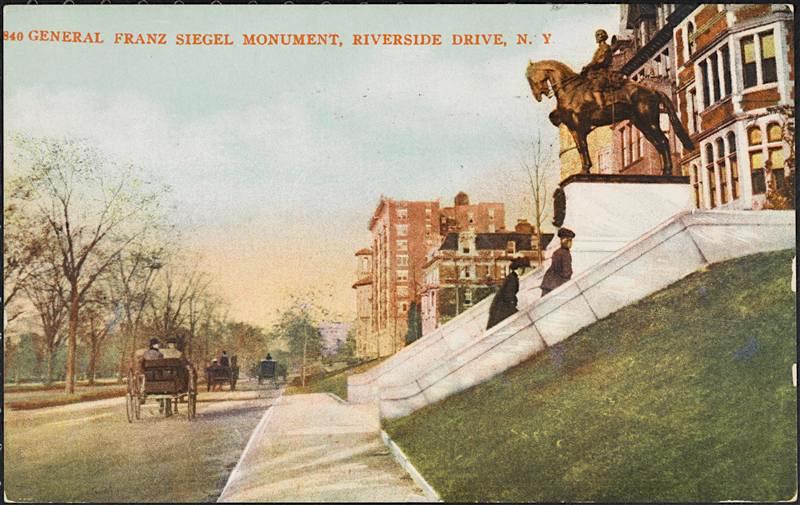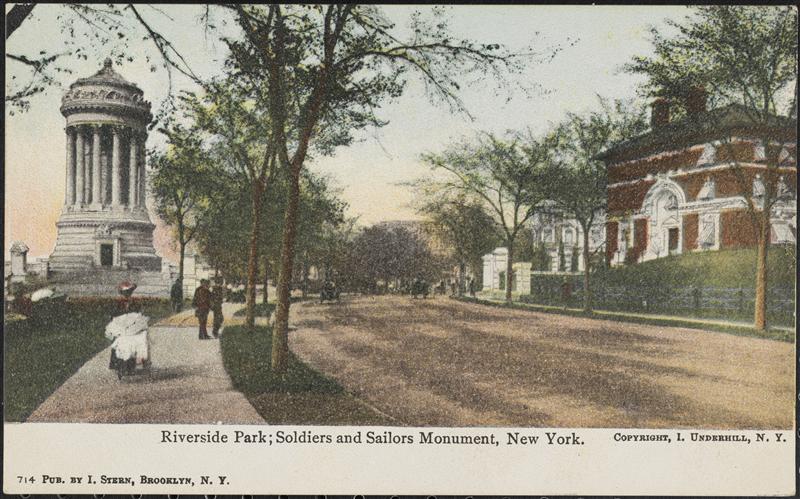The Gilded Age Mansions & Memorials of Riverside Drive
Discover stunning architecture and Gilded Age stories on the Upper West Side
In the 1880s, the newly opened Riverside Drive was predicted to overtake Fifth Avenue as New York City’s “millionaire colony.” By the early 1900s, the Drive was lined with more than 100 free-standing and rowhouse mansions, along with a handful of early “French flat” buildings. But Riverside Drive as an avenue of Gilded Age luxury didn’t last. In the 1910s and 1920s, business leaders and titans of industry vacated their palatial homes, leaving most to be replaced by apartment towers. A handful of the mansions survive — as do the stories of the builders and barons, plus the actors, artists, and eccentrics, who made their homes here.
On this tour, we’ll explore Riverside Drive’s Gilded Age opulence. Starting at 83rd Street and ending at 108th Street, the tour will delve into the history of the area that became Riverside Drive, then focus on what the Drive was like in its turn-of-the-century heyday. We’ll view the mansions and rowhouses still on the Drive, see images of stunning houses that are long gone, and stop at the many statues and landmarks on the Park side of the Drive.
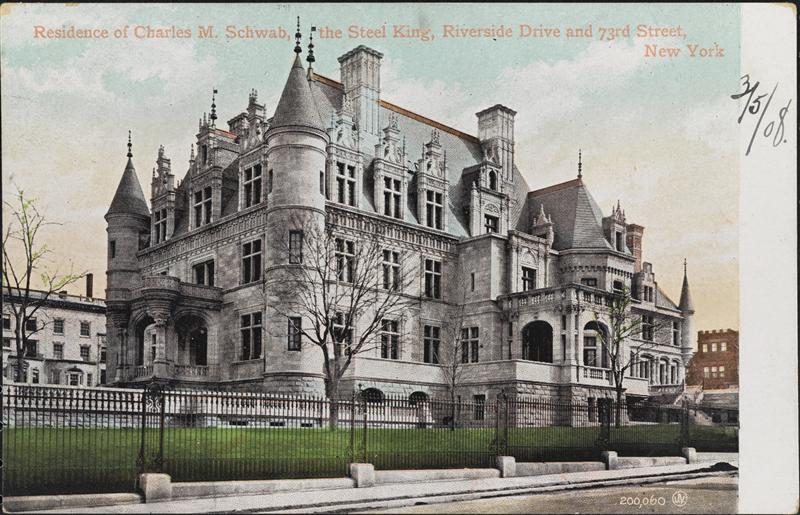
Tour Highlights:
- The Isaac Rice Mansion: Built in 1903 on a hill opposite the Soldiers and Sailors monument for an accomplished couple and their six precocious children.
- The Terrace Court, an early apartment building at 93rd Street that offered luxury amenities like parquet floors, elevators, and clothes dryers.
- The Furniss Mansion, a now-demolished summer estate owned from the 1840s through the Gilded Age by a wealthy downtown family.
- The William Baumgarten House: a remarkably unchanged 1901 row house on 101st Street occupied by one of the Gilded Age’s premier woodcarvers.
- The Robert Davis Mansion on 105th Street, a spectacular Belle Epoque-style house built in 1902 where a sordid domestic drama played out
- The Julia Marlowe Mansion: built in 1902, this corner house was owned by Shakespearean actress and beauty Julia Marlowe.
- The Morris Schinasi Mansion, a 35-room marble palace built in 1907 with a mysterious tunnel from the basement to the Hudson River.
- The Schwab Mansion: Now demolished, this French Chateau with 75 rooms is considered the biggest private dwelling ever built in Manhattan
- The Fireman’s Memorial, created after a tragic downtown fire in 1908
- Mount Tom: an enormous rock outcropping just inside Riverside Park named by Edgar Allan Poe for the young son of the farm family he lived with in the 1840s.
- A forgotten monument to the man who owned a Queen Anne mansion on the Drive and helped shepherd the Drive’s development
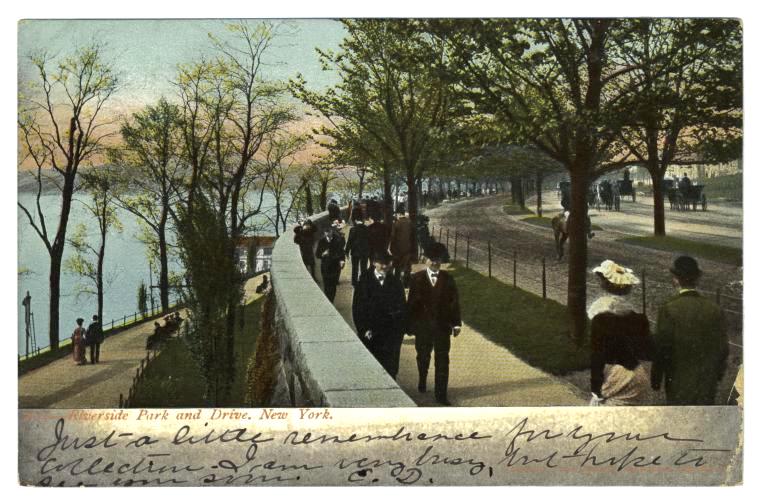
Find Out:
- Why Riverside Drive has no shops or stores
- Who designed Riverside Drive so it has a main road that branches off into carriage roads
- Why the Astors, Vanderbilts, and other famous Gilded Age families never moved to Riverside Drive
- Why Riverside Drive has no brownstones along the route of the tour
- How Riverside Drive became one of the city’s most popular cycling roads in the 1890s bicycle craze
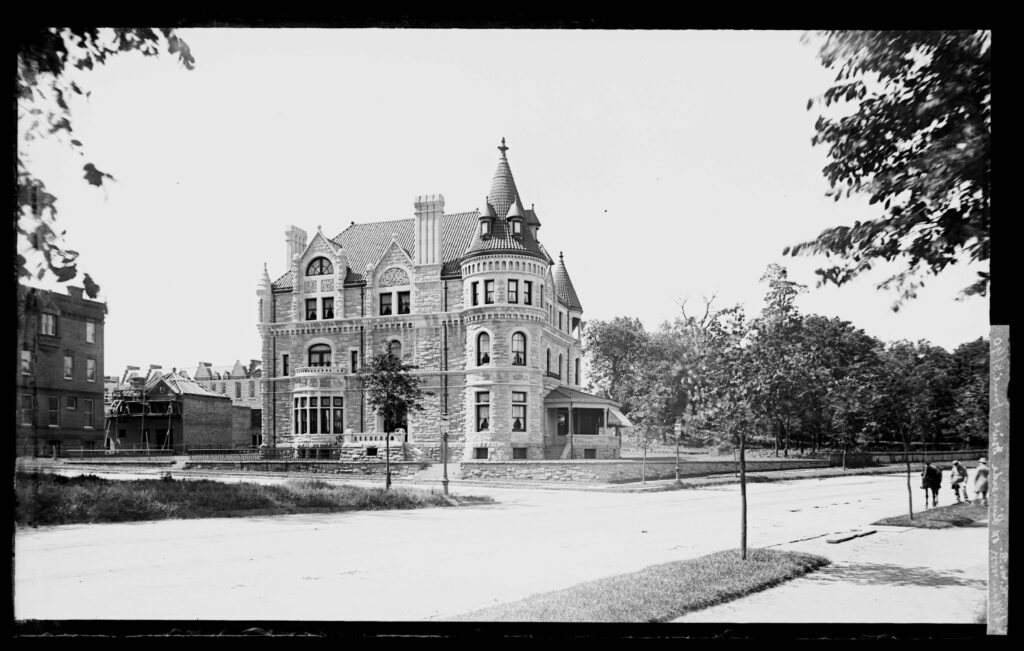
The Tour
The tour lasts about 2.5 hours. It covers 1.3 miles. It starts at 83rd Street and Riverside Drive and goes up to 108th Street.
Rates
$40
Private Gilded Age Tours on Riverside Drive
Let us organize a very special experience for your group or organization. Please contact us to set up a private tour!
Duration
Walking Tour: 2.5 hours
Please note: This tour does not go inside any of the mansions. We will send you the meeting place when you sign up
Ages
This tour is best suited for ages 12+
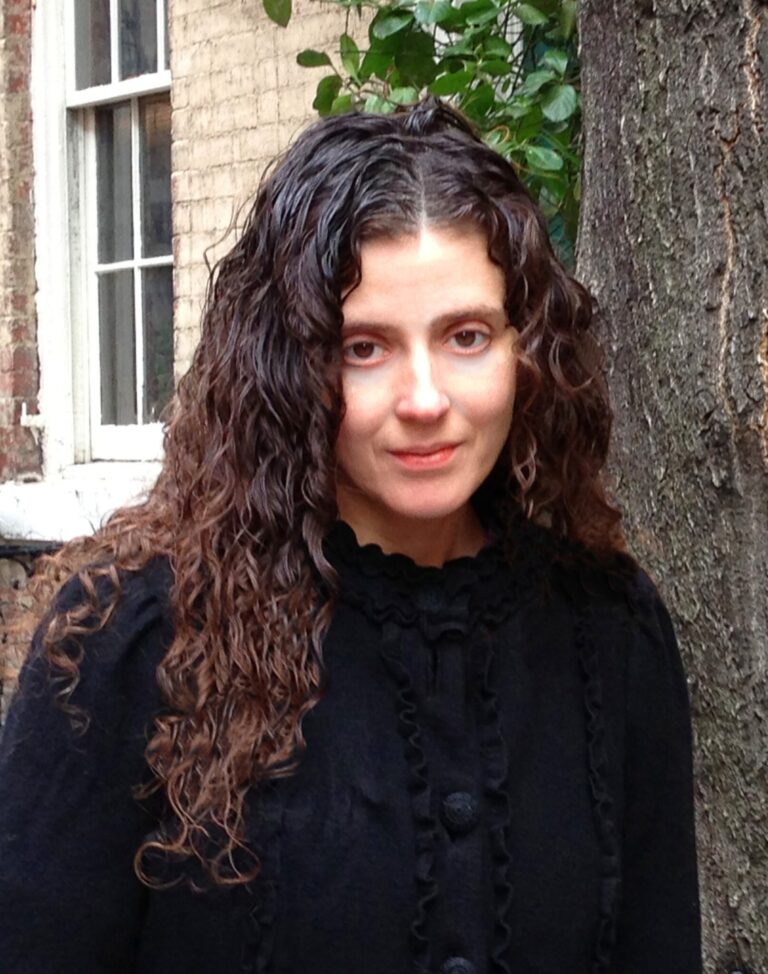
Esther Crain is an author, historian, and native New Yorker. In 2008 she launched the website Ephemeral New York, where she writes and publishes stories every week that chronicle Gotham’s past through old photos, newspaper archives, vintage artwork, and other artifacts
Her first book, New York City in 3D in the Gilded Age, was published in 2014, and her second book, The Gilded Age in New York, 1870-1910, hit bookstore shelves two years later. Both books have been featured and reviewed in city publications and have made Esther a popular source for information on Gotham during the Gilded Age.
Prep for the Riverside Drive Gilded Age Tour by listening to The Bowery Boys episode: “Heaven on the Hudson.”

